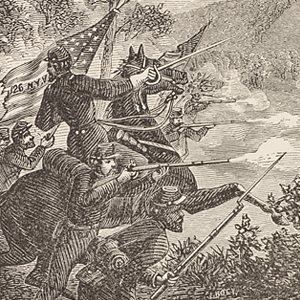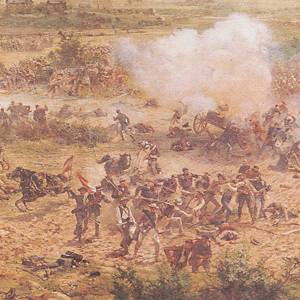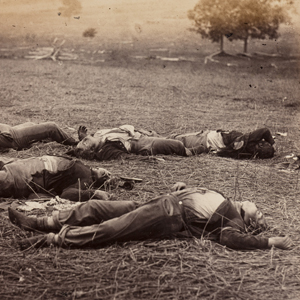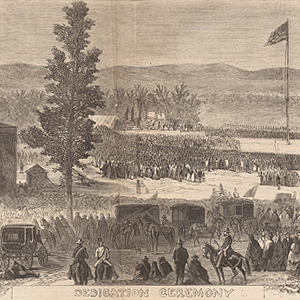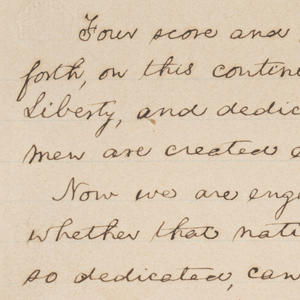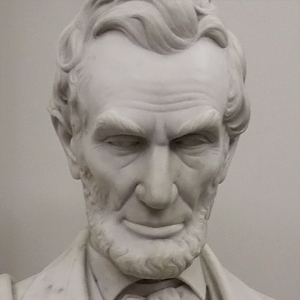What They Did Here
The Battle of Gettysburg was the largest battle ever fought in the western hemisphere, involving more than 160,000 soldiers. Fought in sweltering heat over the first three days of July in 1863 at a location where neither army had intended to fight, it would prove to be the turning point of the Civil War and General Robert E. Lee’s last invasion of the North, although the war would last another two years.
The battle caused a staggering degree of slaughter. The Union and Confederate armies officially reported a combined 5,747 dead, 27,229 wounded, and 9,515 captured or missing soldiers, though all of these numbers were almost certainly higher. Many of the dead had been hastily interred in shallow graves on the battlefield, which was also strewn with the decaying carcasses of thousands of horses.
In response to the dire conditions he found there, Pennsylvania Governor Andrew G. Curtin appointed Gettysburg attorney David Wills as his agent and immediately approved his plans for a permanent soldiers' cemetery. Wills selected and purchased seventeen acres of land for the cemetery, engaged the eminent landscape architect, William Saunders, to design it, and then set out planning the “very imposing and solemnly impressive” dedication ceremonies. Edward Everett, the most famous orator of his generation, was asked to be the main speaker for the occasion, and President Lincoln was invited to Gettysburg to dedicate the cemetery grounds with “a few appropriate remarks.”
